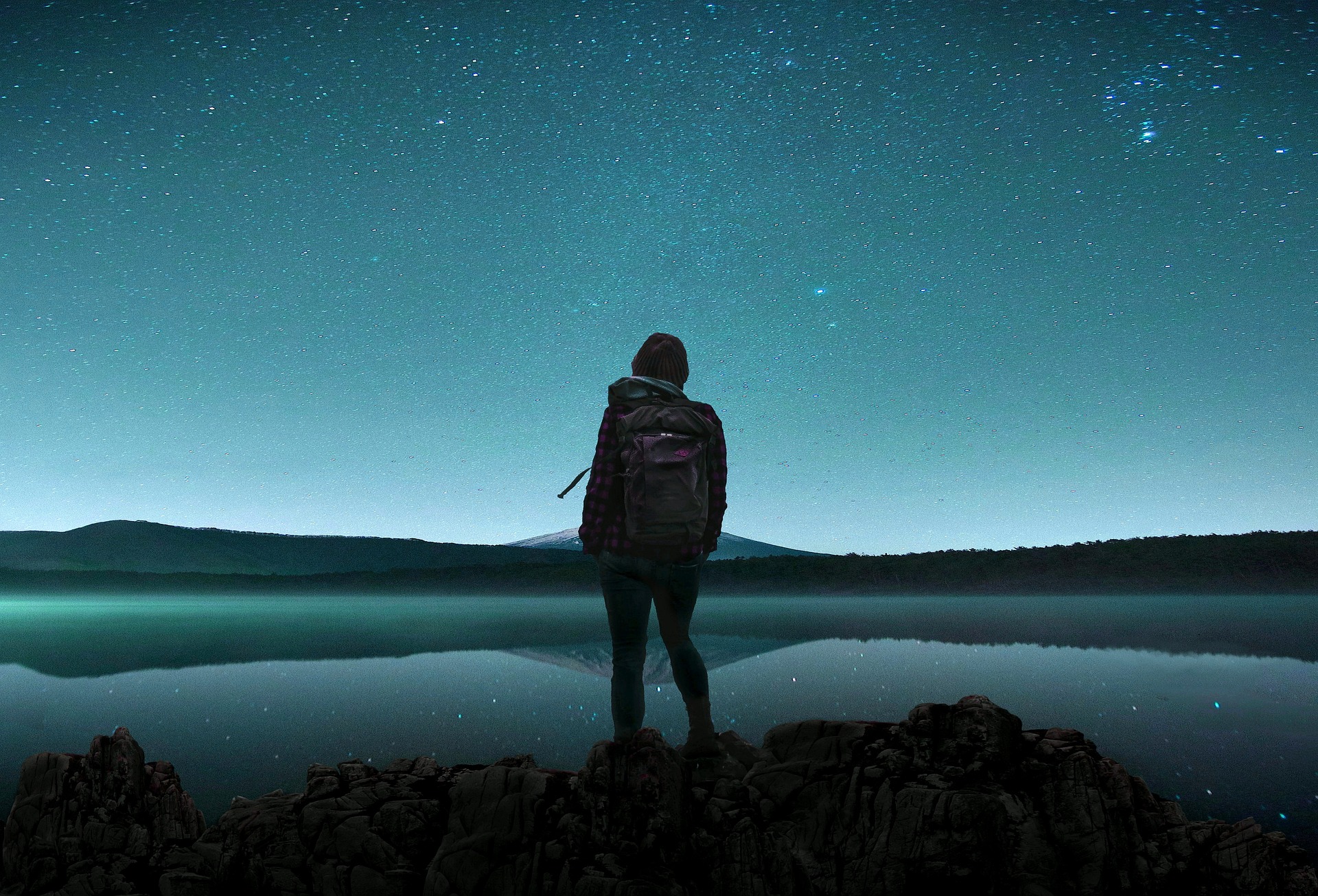Unveiling the Mysteries of Dark Tourism: A Deeper Dive into the Shadows
Dark tourism, the act of visiting sites associated with death, tragedy, or the macabre, has been around for centuries. However, in recent years, this seemingly odd trend has gained traction, with more travelers seeking out places associated with dark history. This article will uncover the mysteries of dark tourism, discuss why it's gaining popularity, and delve into the implications it holds for the travel and tourism industry.

A Historical Overview of Dark Tourism
Dark tourism is not a new phenomenon. Since the Middle Ages, people have been visiting sites of death and tragedy, such as battlefields and sites of religious martyrdom. However, it was not until the 1990s that the term “dark tourism” was coined by scholars Lennon and Foley. They noticed an increasing interest in visiting places associated with death, tragedy, or the macabre, such as concentration camps, war zones, and disaster sites. This marked the beginning of the study of dark tourism as a distinct area within the field of tourism studies.
The Rise of Dark Tourism in the Modern Age
In recent years, dark tourism has become more mainstream, with travelers seeking out experiences that offer more than just relaxation and fun. This can be attributed to a variety of factors, including a desire to understand and empathize with the suffering of others, a fascination with the macabre, and a quest for authenticity in travel experiences.
The Impact of Dark Tourism
Dark tourism has both positive and negative impacts. On the one hand, it can provide an opportunity for education and remembrance, helping to keep the memory of tragic events alive. However, it can also be seen as exploitative, with some critics arguing that it turns tragedy into entertainment.
Inside Dark Tourism: The Traveler’s Perspective
For many dark tourists, these trips are not about morbidity but about understanding history and gaining a deeper appreciation for life. They often report feeling moved and enlightened after their visits, and many believe that it’s important to remember and learn from the tragedies of the past.
The Future of Dark Tourism
The future of dark tourism is uncertain. While it is likely that the trend will continue to grow, there is also a growing awareness of the ethical issues involved. As such, the industry may need to adapt and find ways to offer these experiences in a respectful and sensitive manner.
Insights From the Shadows: Dark Tourism Facts
-
Auschwitz-Birkenau, the former Nazi concentration and extermination camp, is one of the most visited dark tourism sites, attracting over 2 million visitors annually.
-
The Catacombs of Paris, which hold the remains of more than six million people, are a popular dark tourism destination.
-
The Chernobyl Exclusion Zone in Ukraine has seen a surge in tourism since the airing of HBO’s miniseries “Chernobyl.”
In conclusion, dark tourism is a complex and controversial trend that has gained popularity in recent years. It offers travelers a unique way to engage with history, but it also poses ethical challenges. As the tourism industry continues to evolve, it will be interesting to see how it navigates the complexities of this fascinating trend.





